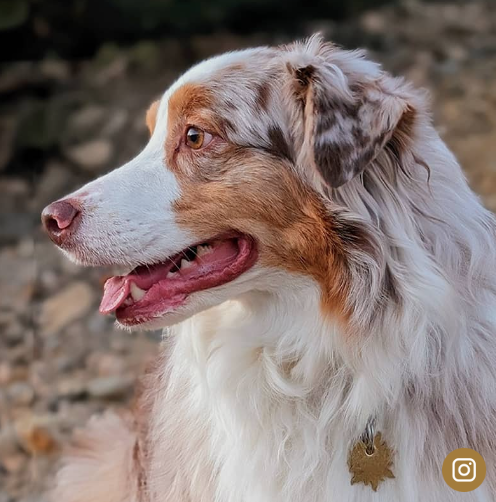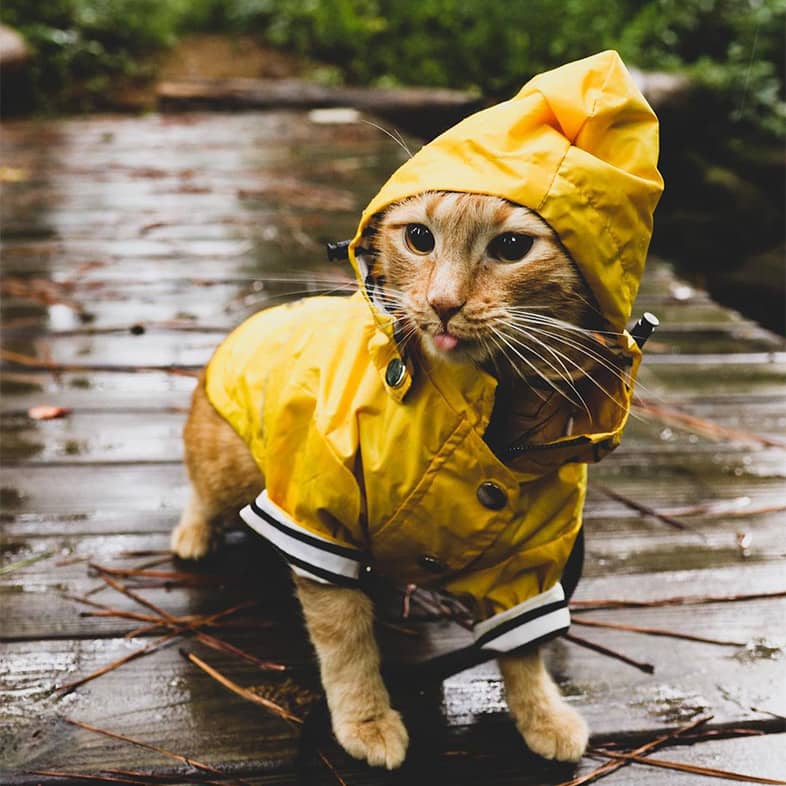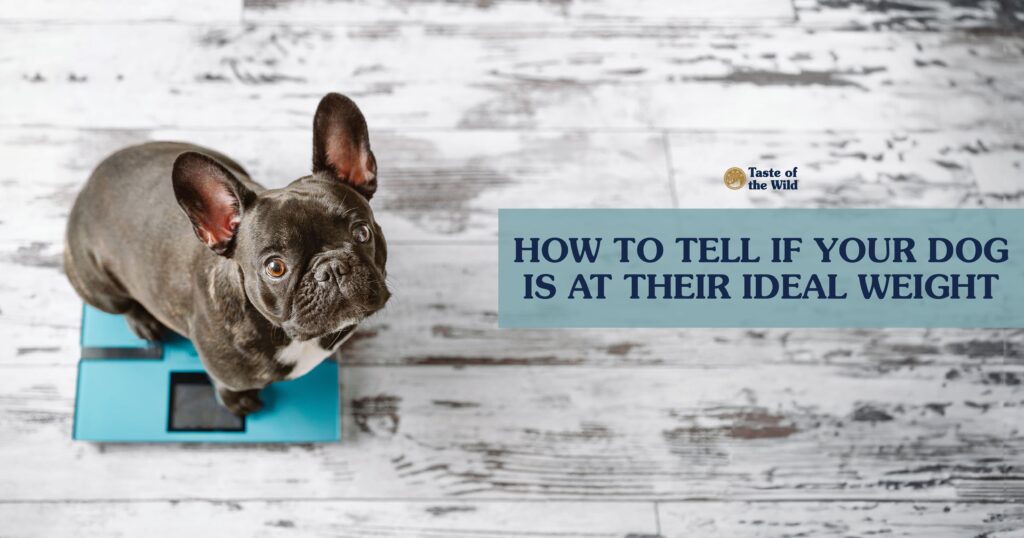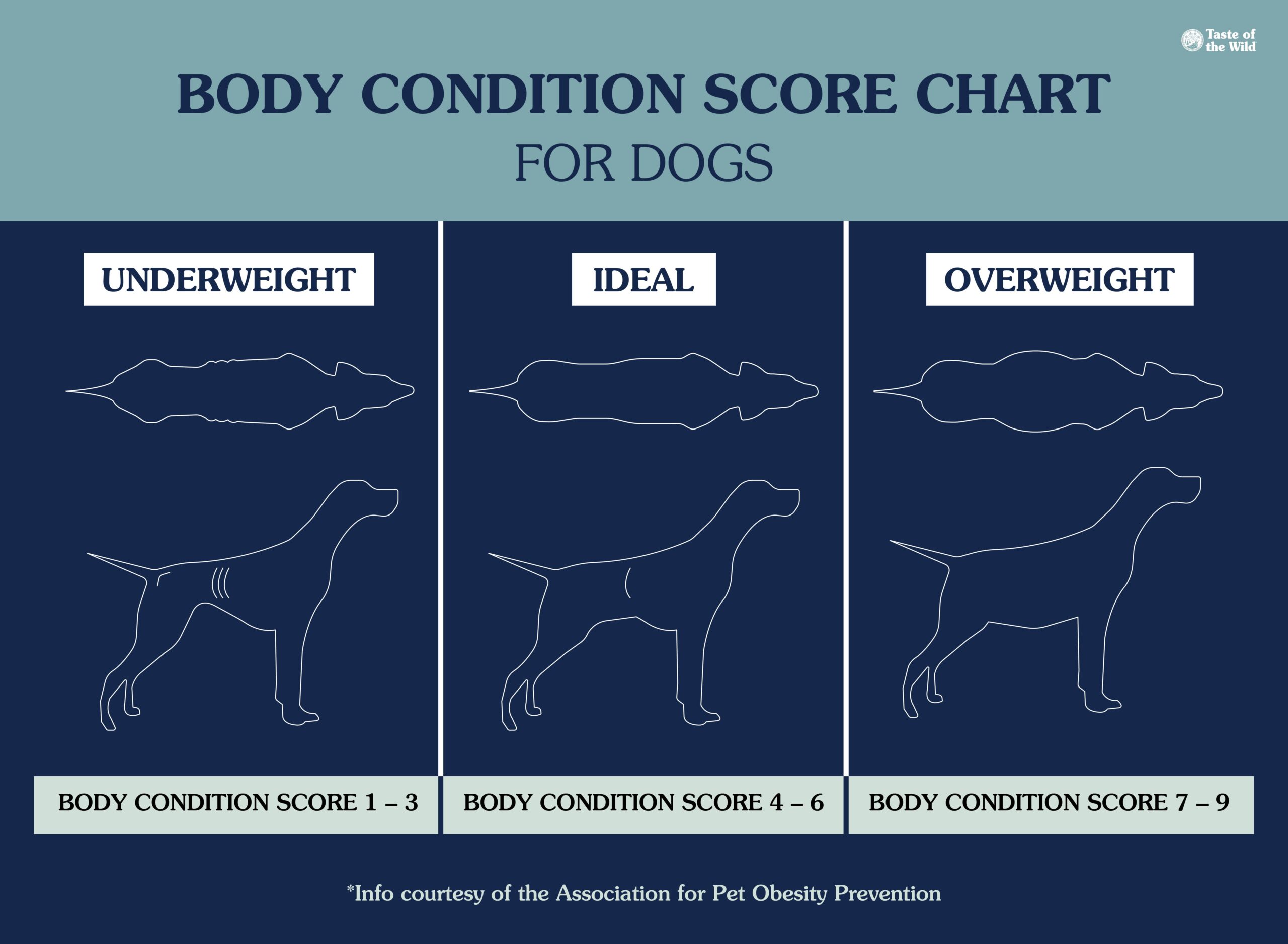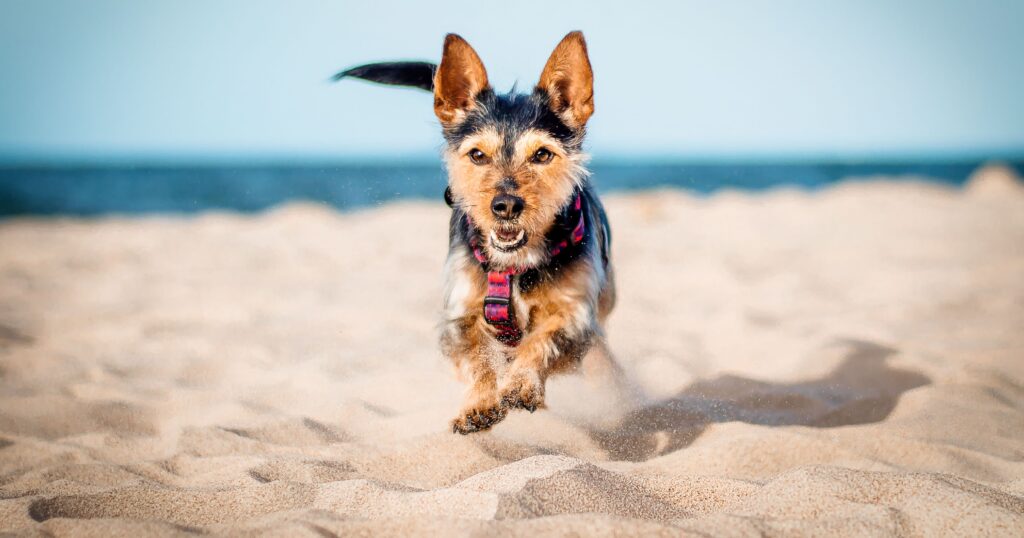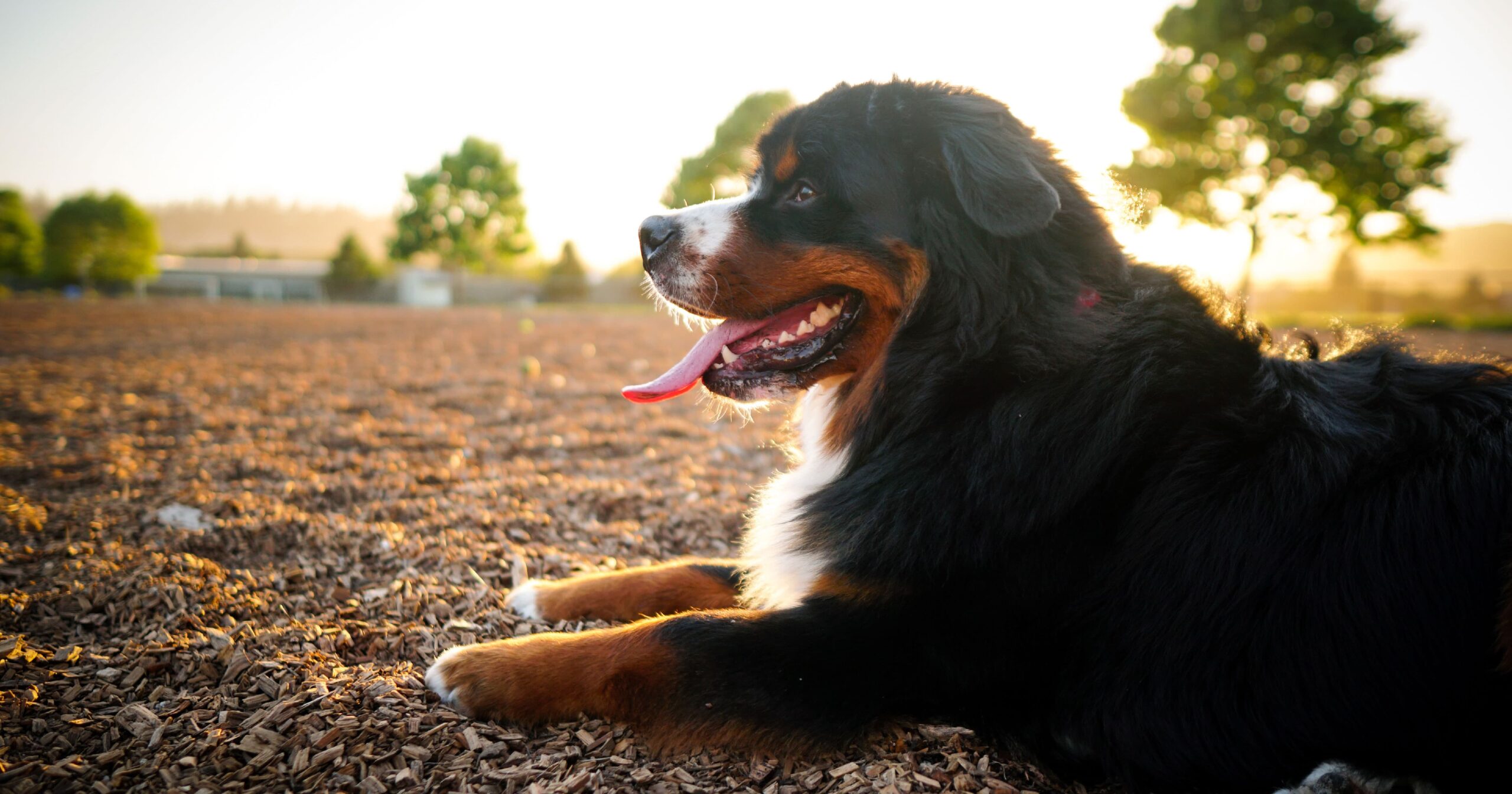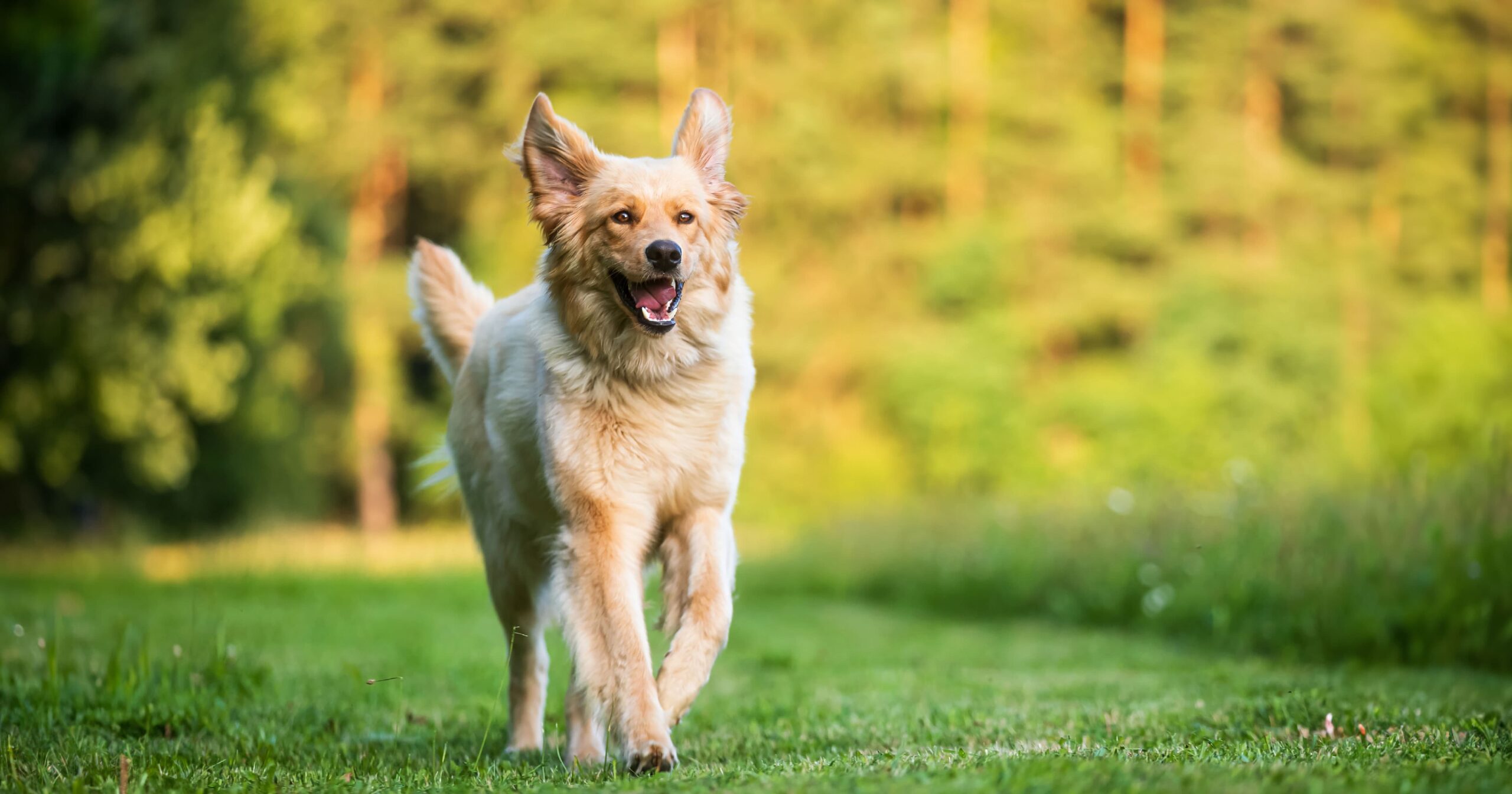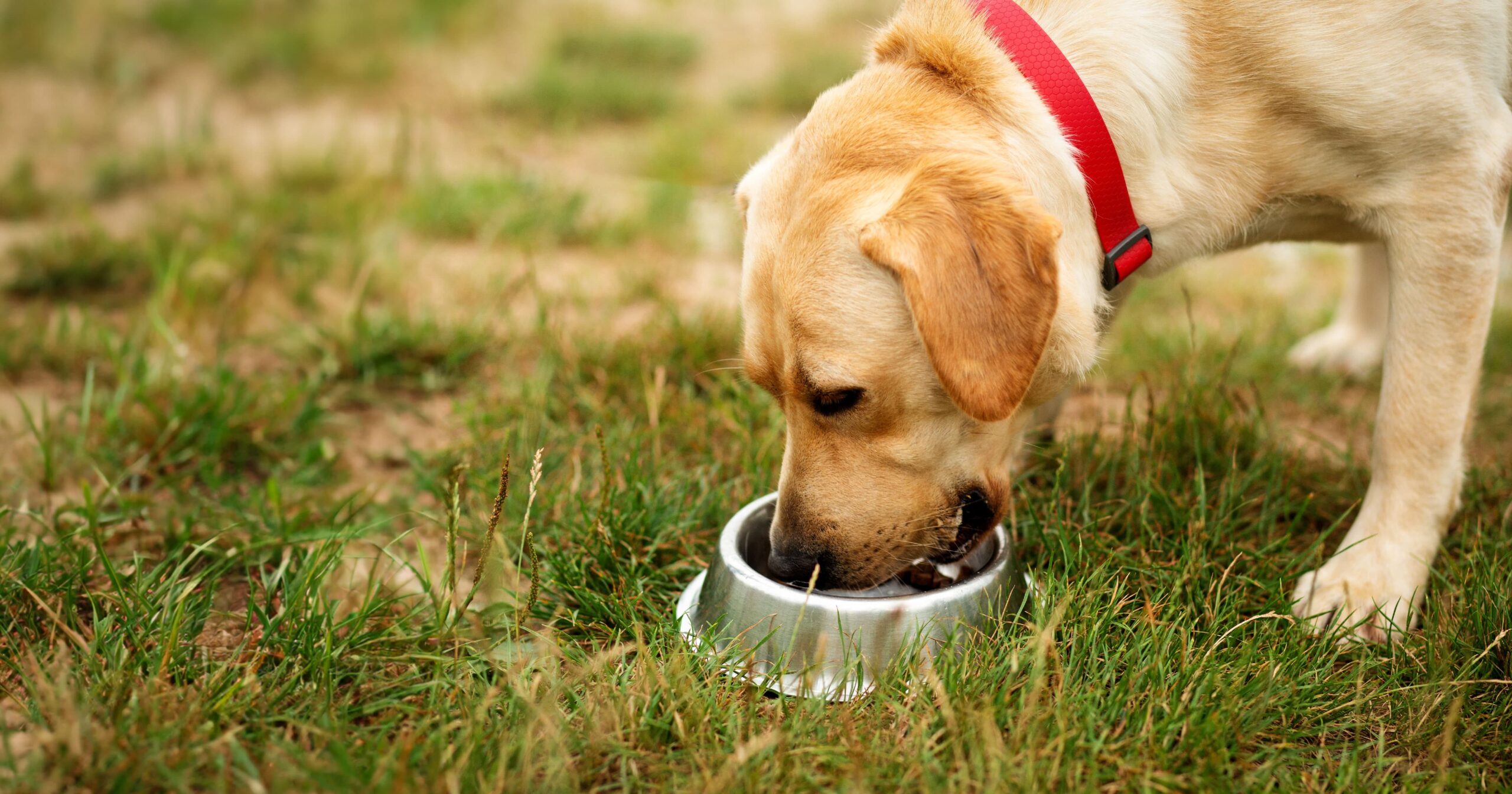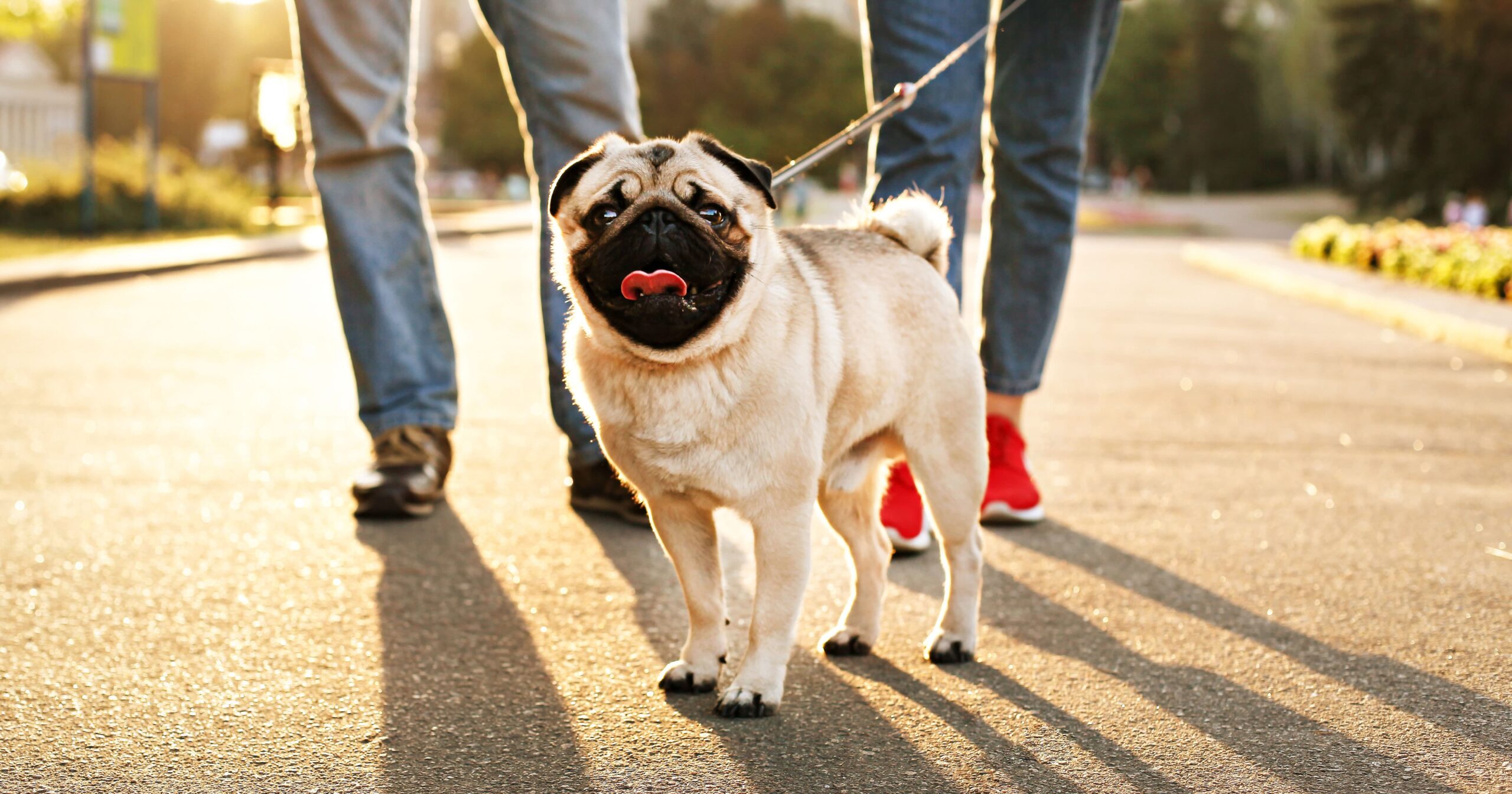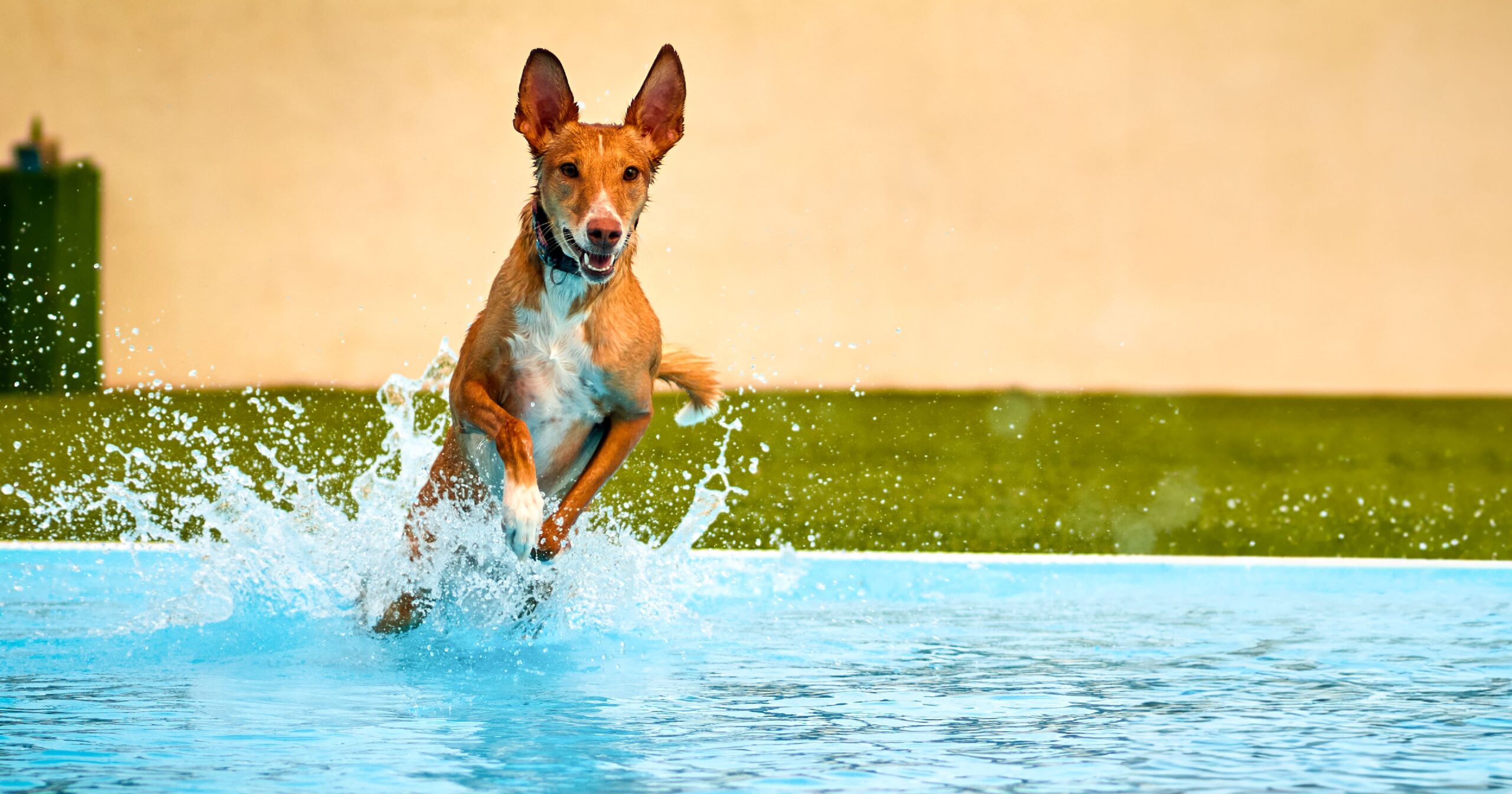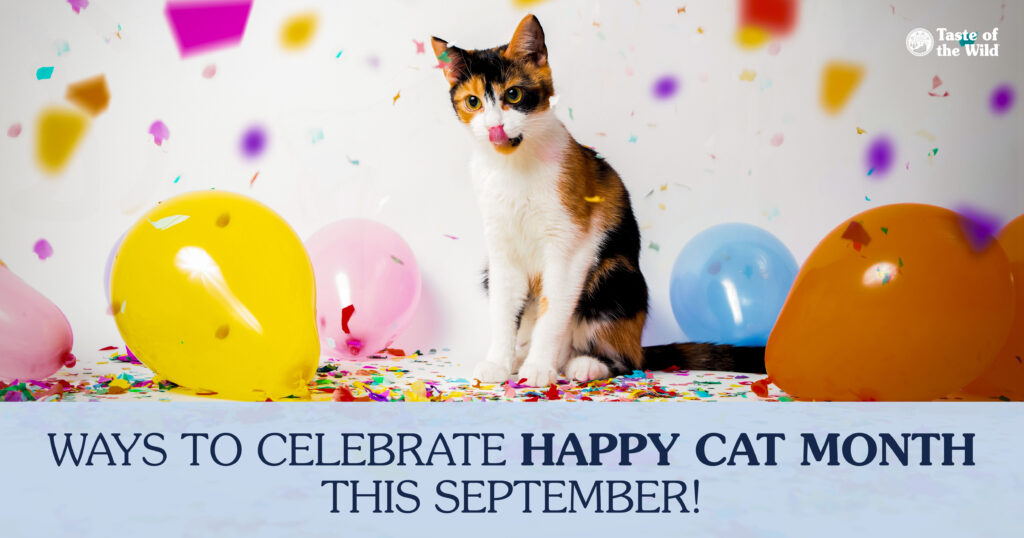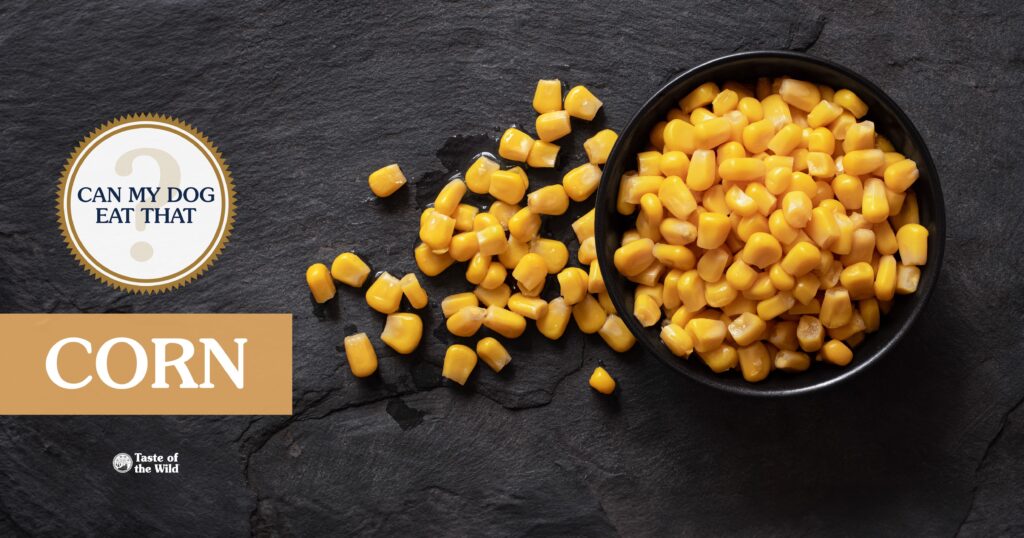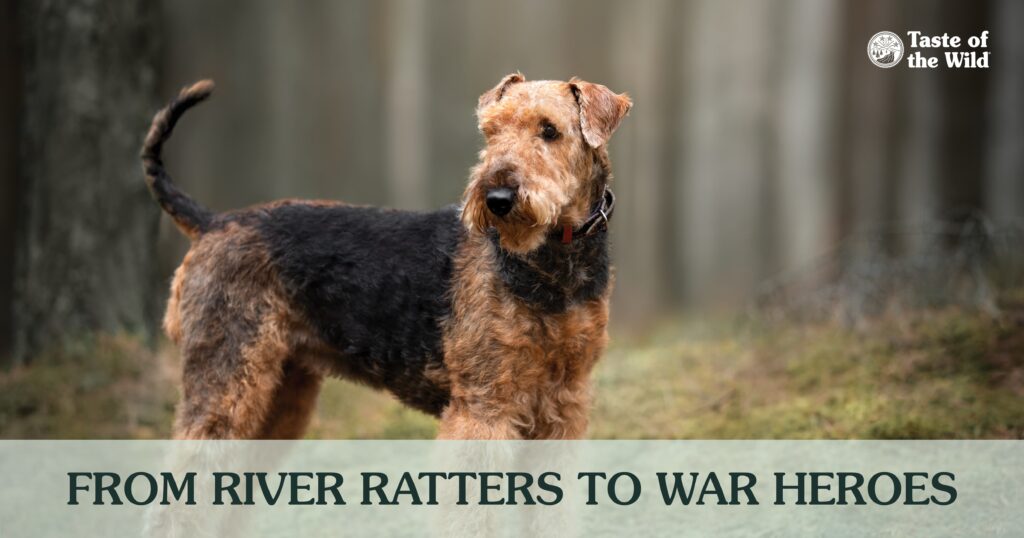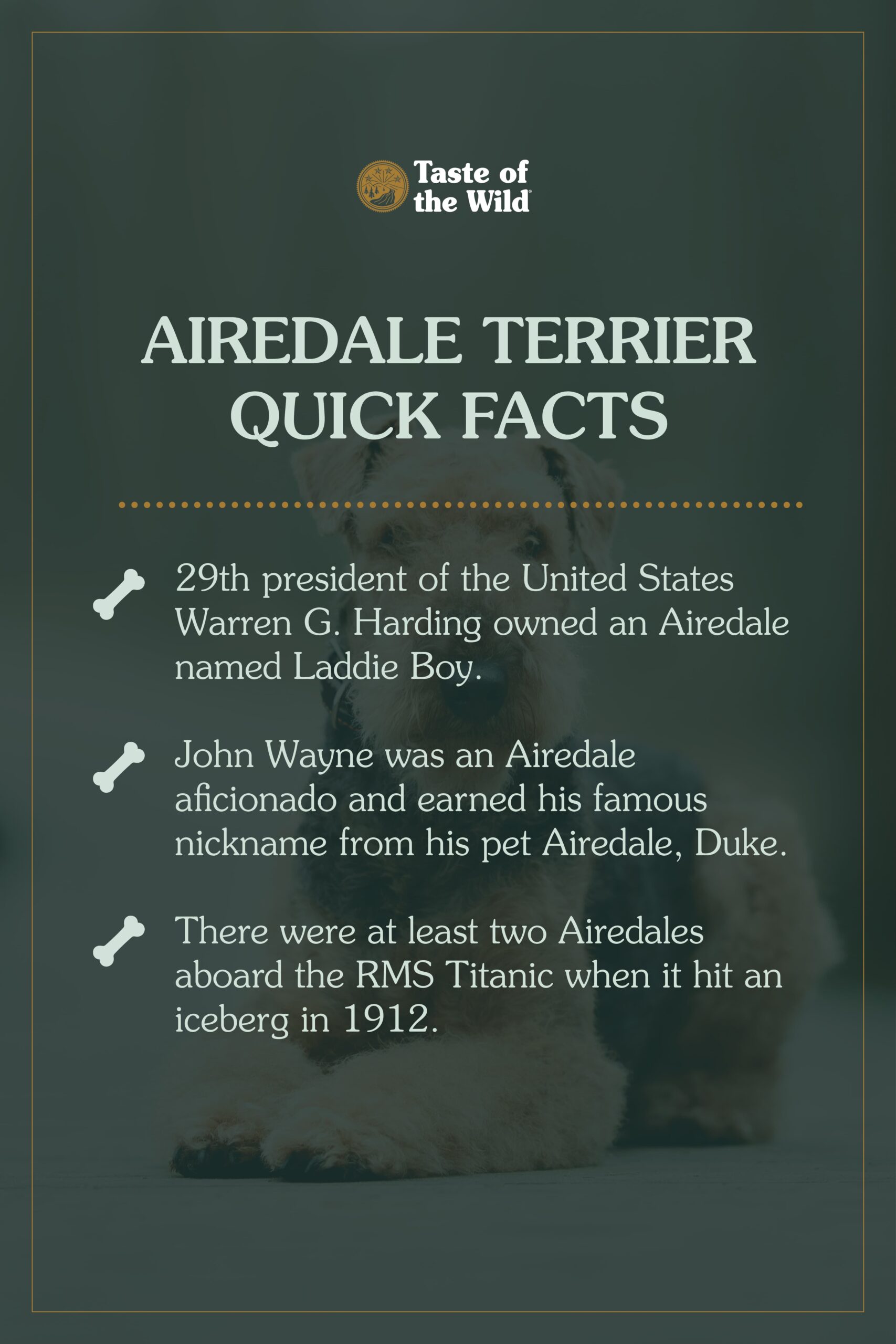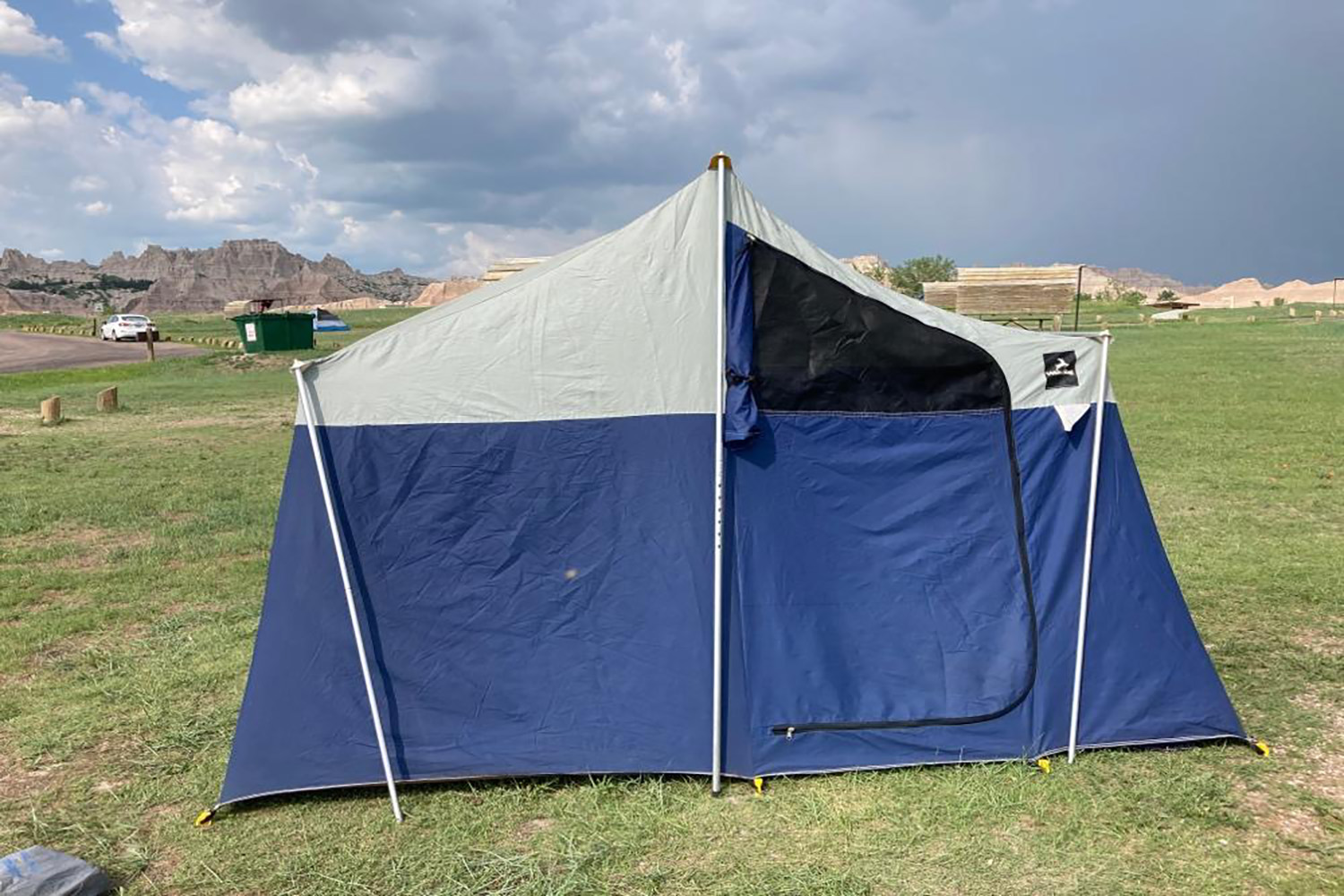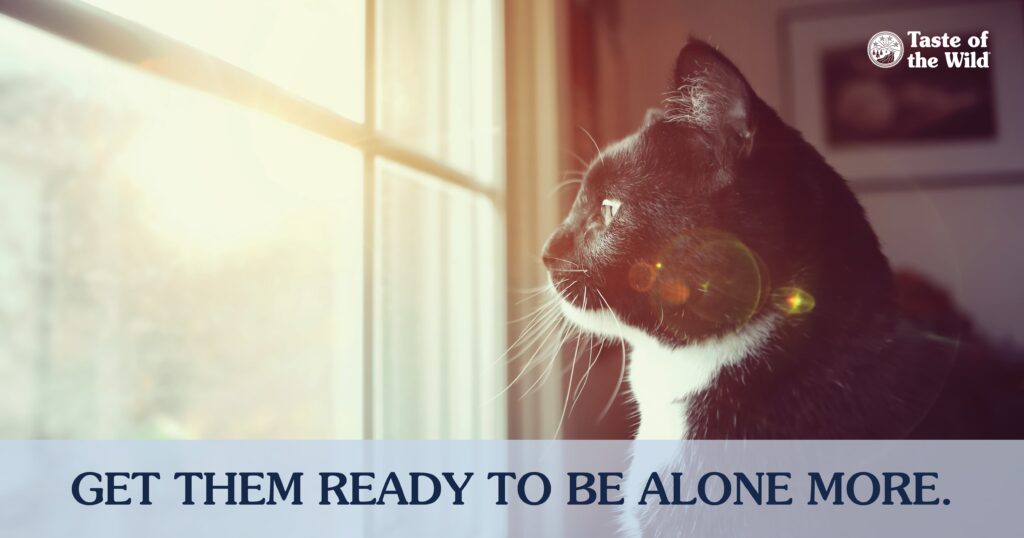Welcome to “Can My Dog Eat That?,” our series that answers some obvious (and not-so-obvious) questions about what your dog can and can’t safely eat. Today we answer the question “Can dogs eat school lunch items?” Read on!
Oh no! The dog didn’t eat my homework — they ate my lunch!
For people with school-aged kids, the mornings can be chaotic as you’re trying to get everyone dressed, fed and out the door on time. So it’s possible that an open backpack on the floor would go unnoticed by everyone — except your dog. That highly sensitive nose is sure to sniff out whatever yummy food is packed in your kid’s lunch, and it may have you asking, “Can dogs eat school lunches?”
If your cunning canine does eat food from your kid’s backpack, deciding on whether you should be concerned or not depends on what food they found and which parts of it they ate. We’ll go through some of the common items found in school lunches and see which food gets a passing grade and which food fails the test.
Before We Start…
We wrote this article assuming lunch-sized proportions of food were in the backpack. For some of the foods we discuss, eating larger quantities can have more severe consequences. When in doubt over the risk to your dog, ask your veterinarian.
Also, if your dog eats any packaging, plastic or the lunch bag itself, that’s obviously not good. You should have your veterinarian check that the packaging isn’t going to cause a blockage in your dog’s intestinal tract.
Going along with the school lunch theme, we’re going to follow the food groups from the USDA’s MyPlate, but with some treats thrown in, too!
Protein: A Canine Favorite
Protein is an important part of any dog’s diet, but some protein sources may not be good for your dog to eat. Some common lunch items are ham, hot dogs, pepperoni (on pizza), eggs and chicken nuggets. The problem with ham, hot dogs and pepperoni is their fat and salt content. Too much salt and fat can lead to an upset stomach. Similarly, chicken is a great source of protein for dogs, but not so much when it’s in the form of breaded nuggets. The high fat content of chicken nuggets can cause an upset stomach.
Eggs are an excellent source of protein, and they’re safe for dogs to eat as long as they’re cooked — which they should be if they’re in your kid’s lunch! If they’re mixed with something else, that’s where some caution’s needed (see the section on condiments below).
Grains: Breads, Pasta and Popcorn
Pita bread, wraps, bread, bagels, crackers, pasta, popcorn: all yummy grain-based food you’d find in a lunch box. Plain grain-based foods should be OK for your dog, as long as the food doesn’t have any toxic ingredients in them (and your dog doesn’t have a wheat allergy). But you also need to consider what toppings were used on them. For example, plain, air-popped popcorn is fine, but popcorn that’s heavily buttered or salted could cause an upset stomach in large amounts.
If there were toxic ingredients in the food your dog ate, like raisins, macadamia nuts, garlic or nutmeg, have your dog examined by your veterinarian, because even small amounts of some of these toxins can cause issues.
Bread Dough Oh-No!
Quick side note. If you make your own bread, make sure you don’t leave yeast-based dough out anywhere that your dog could find it. If they ingest the dough, it can cause bread dough toxicosis. According to the Merck Veterinary manual, the warm, moist environment of a dog’s stomach allows the yeast to replicate, which causes two potentially fatal issues. First, the dough mass expands, causing a distended stomach which can result in breathing difficulties. Additionally, yeast fermentation produces ethanol, which can cause ethanol intoxication and metabolic issues. If you see your dog eat some yeast-based bread dough or suspect that they have, seek emergency veterinary treatment.
Fruits and Vegetables
Most fruit and vegetables you’d find in a school lunch, like apples, oranges, bananas, watermelon, blueberries, carrots and cucumbers, are healthy and safe for dogs to eat (as long as it’s the fleshy parts they’re eating). If your dog eats the whole fruit or vegetable and it contain seeds, rind or the core, keep an eye on them: those parts can be choking hazards and can cause an upset tummy or a digestive tract blockage.
Grapes and raisins are the exception. They are toxic, and some dogs can become ill just by eating a small amount. It’s believed that some dogs are sensitive to the tartaric acid that’s found in grapes.
Dairy
Dogs can eat dairy products like plain yogurt, cheese and milk; however, some dogs have trouble digesting lactose, so they may have an upset stomach or diarrhea after eating or drinking it. Some dairy products have more lactose than others, so the response depends on the dairy product and the individual dog.
Some dairy products have high fat contents, which can cause upset tummies, too. You should also check if any flavors or toppings used with the dairy products are toxic to dogs (e.g., xylitol, chocolate, nutmeg).
Condiments and Treats
If peanut butter and jelly is a favorite school lunch in your house, make sure you purchase peanut butter varieties that don’t have xylitol in them. That way if your dog sneaks a bite or two, you won’t have to worry about xylitol poisoning. Check the label of sugar-free condiments (e.g., ketchup, BBQ sauce) to make sure they don’t contain xylitol, too.
Mustard is another condiment that’s toxic to dogs, particularly in large amounts. When you’re preparing lunch, be careful that your dog doesn’t find the mustard bottle and squeeze some out for themselves.
If your kid’s lucky enough to get a treat in their lunchbox, chances are it’s not a good treat for your dog. Many human treats contain ingredients that are toxic to dogs, like chocolate, cocoa powder, or xylitol.
Due to their small amount, most lunch bag items are probably OK for your dog, or they may just cause an upset stomach and diarrhea. But if the food contained ingredients that are toxic to dogs, make sure you have your dog checked out by your veterinarian. Now you just have to make your kid’s lunch — again.

RELATED POST: Can My Dog Eat That? Hot Dogs


